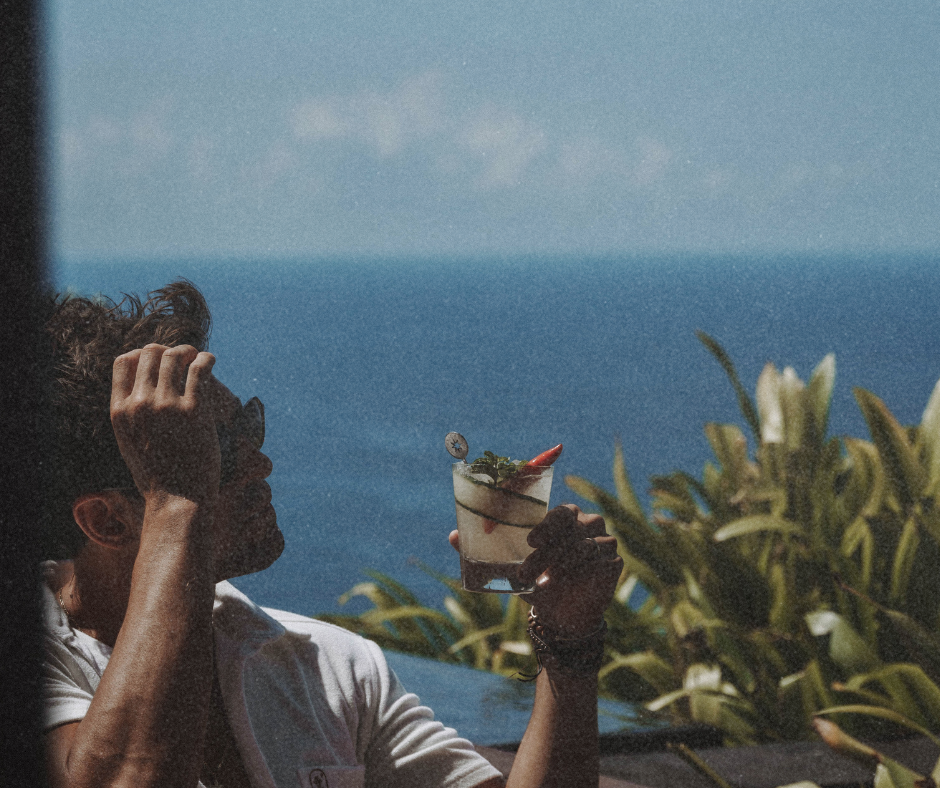The sun sets over the Mexican coastline, bathing everything in that particular golden light that seems to exist only in certain latitudes. A coastal breeze carries the scent of salt and lime across open-air terraces where bartenders' hands move with practiced precision. The sound of ice against silver mixing tins creates a rhythm that feels as ancient as the agave fields that sprawl across the distant hills.
Cinco de Mayo – not Mexican Independence Day as many believe, but a commemoration of an unlikely victory at the Battle of Puebla in 1862, when outnumbered Mexican forces defeated the French army. It's a day that resonates more loudly north of the border than within Mexico itself, save for Puebla, where the streets fill with parades and reenactments.
The history of Mexico is written in its spirits. Each one tells a story that goes beyond conquest and revolution – they speak of the land, the people, and what survives. In elegant bars along the coast, glasses of smoky, complex mezcal are raised instead of the expected margarita. This ancestral spirit preceded tequila by centuries. Where tequila can only be made from blue agave, mezcal embraces diversity, crafted from over thirty varieties of the desert plant. Each batch carries the signature of its mezcalero and the terroir of its origin.
Most people don't realize that the margarita itself is barely Mexican. Culinary historians have long maintained that this ubiquitous cocktail was likely invented in the 1930s by an Irish bartender in Tijuana. He had created a tequila version of a Brandy Daisy for American visitors during Prohibition, and they dubbed it "margarita" – Spanish for "daisy."
The truth is, the spirits of Mexico run deeper than tourist-friendly concoctions. Each region boasts its own liquid heritage – from the sotol of Chihuahua to the raicilla of Jalisco to the bacanora of Sonora. These spirits, once considered "moonshine" and driven underground during colonial rule, are experiencing a renaissance among those seeking authentic encounters with Mexican culture.
As night falls over coastal villas and the stars emerge above the Pacific, amber bottles of Xtabentún appear on elegant tables. This spirit of the Yucatán, dating back to pre-Columbian times, is an anise-flavored liqueur made with fermented honey produced by bees that feed on the nectar of the xtabentún flower. The Maya believed this drink could induce mystical visions, a bridge between the mortal world and the divine.
In the finest establishments, bartenders present something entirely unexpected – the Bruja Maria. This savory cocktail bears a passing resemblance to its Russian cousin, but carries the complex heat of salsa bruja, a condiment whose variations are as numerous as the families who make it. Dark and mysterious like the witches of Catemaco, Veracruz for whom it's named, the sauce infuses tequila with chilies, cilantro, garlic, and bay leaves – creating something that tastes as much like Mexico as anything possibly could.
In Veracruz, it's said the witches make potions for everything – love, money, health, to remove curses. But this potion, rimmed with sal de gusano and garnished with celery, exists purely for pleasure.
Cinco de Mayo – like the margarita itself – has evolved into something more symbolic than authentic. Yet there's beauty in this evolution, in the way cultures blend and transform across borders and generations. Beyond the parades and music, the food stalls selling elotes and tamales, lies a deeper heritage waiting to be discovered.
The art of leisure isn't simply about indulgence – it's about appreciation. It's about understanding that behind every sip lies centuries of tradition, innovation, resistance, and celebration. It's about knowing when to embrace the familiar and when to venture beyond it, into territories that challenge and surprise.
Like the Battle of Puebla itself, sometimes the most rewarding experiences come when expected outcomes are abandoned in favor of the unlikely, the overlooked, the underdiscovered. So this Cinco de Mayo, perhaps it's time to set aside the margarita – if only temporarily – and raise a glass to Mexico's true spirits, each one a time capsule of flavor that tells stories far more complex than any history book.
Salud.



Share:
LEISURE LETTER 100: DISCOS DE DANDY 47